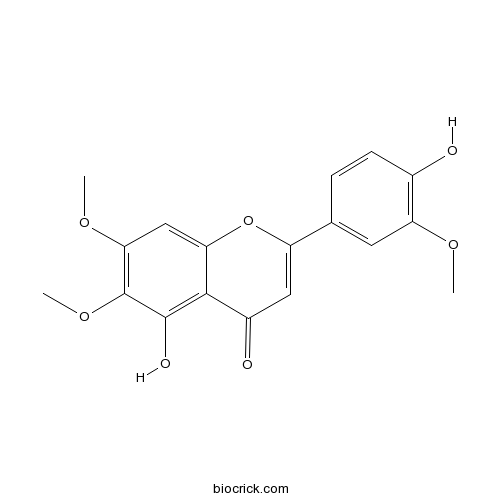Artemisia capillaris Thunb.
Artemisia capillaris Thunb.
Artemisia capillaris belongs to the group of annual and biennial plants. It was already described by Carl Peter Thunberg but it was not until 1784 that the name was validly published by Johan Andreas Murray. Artemisia capillaris prefers a sunny site. It grows best in soils that are dry to moderately moist. The plants grow to a height of approximately 0,8 meters. The leaves are arranged opposite one another. The flowers are many-petaled and yellow. The plants bloom from August to October. The flowers are arranged in panicles. The fruits are achenes. Artemisia capillaris is well known as a source of diuretic and detoxifying medicines. Humid slopes, hills, terraces, roadsides, riverbanks; 100-2700 m. Anhui, Fujian, Guangdong, Guangxi, Hebei, E Henan, Hubei, Hunan, Jiangsu, Jiangxi, Liaoning, E and S Shaanxi, Shandong, Sichuan, Taiwan, Yunnan, Zhejiang [Cambodia, Indonesia, Japan, Korea, Malaysia, Nepal, Philippines, E Russia, Vietnam].
Products from Artemisia capillaris Thunb.
- Cat.No. Product Name CAS Number COA
-
BCN6088
Scoparone 120-08-1
PDF
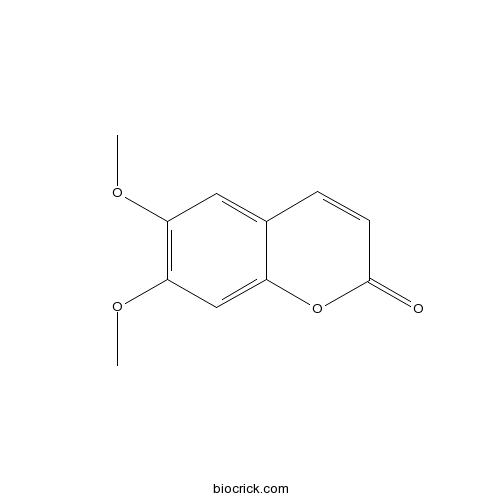
-
BCN4470
Scopoletin 92-61-5
PDF

-
BCN5979
Caffeic acid 331-39-5
PDF
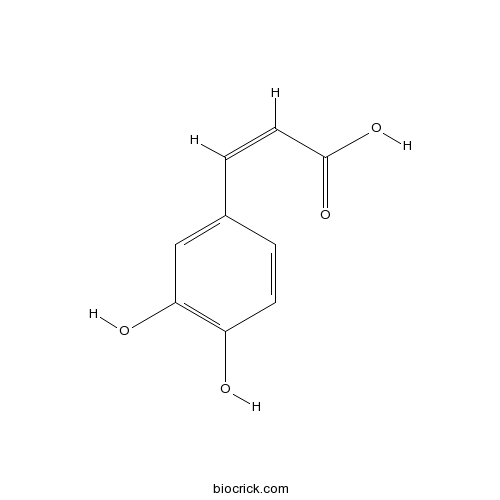
-
BCN5531
Daucosterol 474-58-8
PDF

-
BCN5616
Oleanolic acid 508-02-1
PDF

-
BCN1015
Beta-Sitosterol 83-46-5
PDF
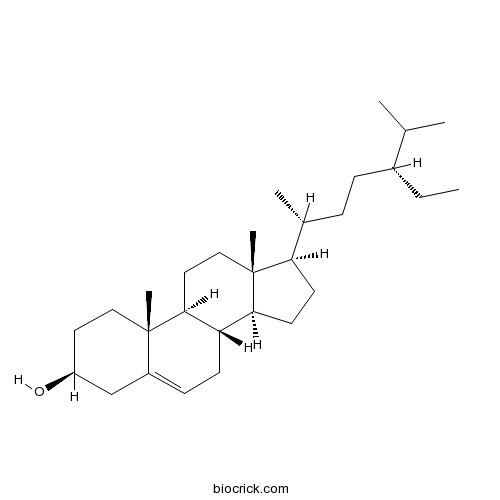
-
BCN5906
Chlorogenic acid 327-97-9
PDF
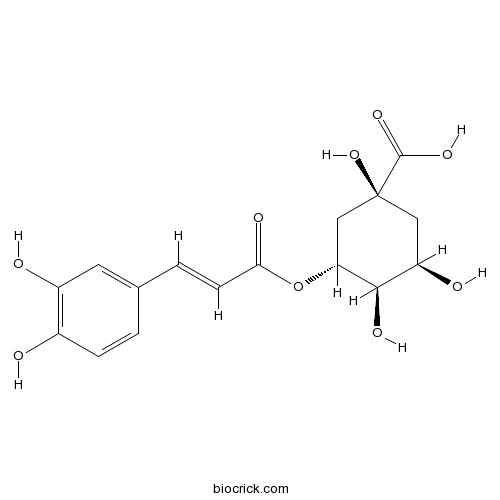
-
BCN5964
Eugenol 97-53-0
PDF
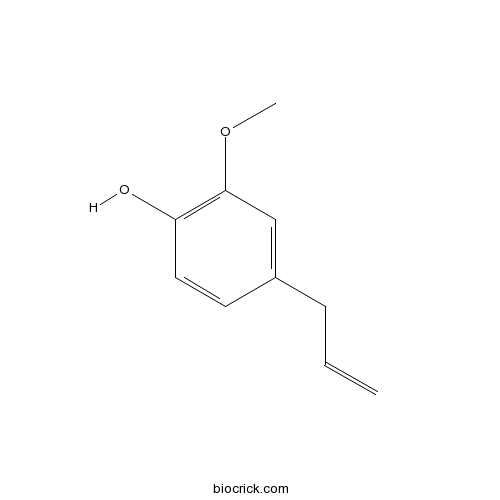
-
BCN2461
Capillarisin 56365-38-9
PDF

-
BCN5551
Isorhamnetin 480-19-3
PDF

-
BCN6049
Quercetin 117-39-5
PDF
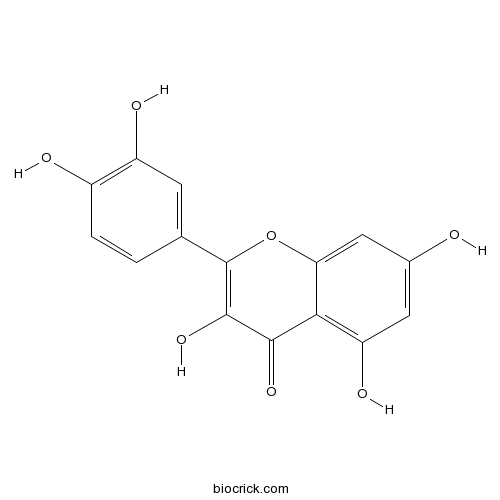
-
BCN2560
Cirsilineol 41365-32-6
PDF
